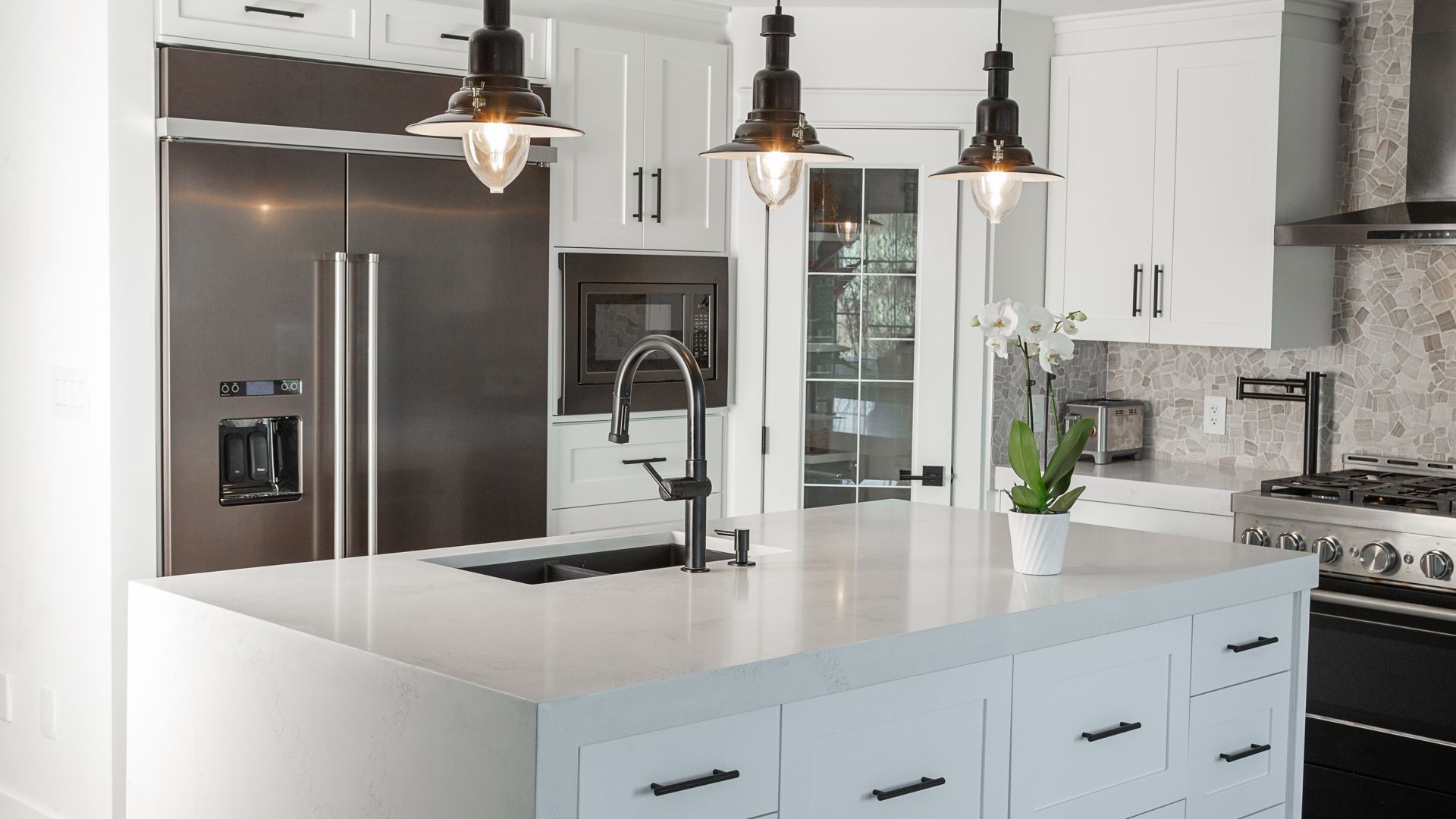When you say the words “broken sewer pipe” to a homeowner, be prepared to watch them cringe. As far as plumbing problems go, there aren’t many that are worse than this. Your main sewer line is the pipe that connects all your home’s drains and toilets to the municipal sewer supply or to your septic tank where the waste can be processed. While this pipe is usually constructed from a durable material, such as steel, they’re not immune to issues and they can eventually face problems. Everything from shifting land to tree roots to heavy impact or loads above can cause your main sewer line to crack and break, and this can cause all sorts of trouble for your property.
In the past, repairing a broken or clogged sewer line was a huge ordeal. A plumbing crew would have to come to your home, investigate the line, find the source of the issue, and then dig up the pipe using heavy excavating machinery. The old section of pipe would have to be cut out, and a new one would have to be placed inside, welded, checked for leaks, and then re-buried. In total, the job would take several days to a few weeks and cost thousands of dollars, plus you’d be left with the added expense of trying to restore your yard to cover up the damage caused by the replacement.
But there is some good news—new plumbing technology has eliminated the need to dig up your yard, and instead a new plumbing line can be run, replacing the old one with nothing more than a few hours of work and two small holes that are easily repaired! This is all thanks to technology known as “trenchless pipe repair.”
The Trenchless Replacement Process
Trenchless pipe replacement works on a remarkably simple principle: by using the existing line as a frame, you can simply run a new pipe directly through the old one and solve the leak problems for good. This is often also known as “trenchless re-lining” since the new pipe that goes in is essentially a new liner for the old one.
The process starts with a hydrojetting service which removes grime, scale, plant roots, and other obstructions from your plumbing line, and leaves it as clean as possible. This also allows your plumber to see as much as possible when they inspect your line with a video camera to figure out both where the problem is and how long the replacement pipe section will need to be. They then dig two small holes and cut your existing sewer line so the segment can be worked on, once on each end of the damaged segment. Your plumber then cuts a gap in the line on both sides and feeds a puller machine through the pipe and out the other end.
Your new pipe that looks almost nothing like what you’d expect: it’s a soft, flexible material that’s doused in a sealing resin substance that becomes rock-solid and water tight when it dries. Inside this material is an inflatable bladder that’s covered in a plastic bag that prevents the bladder from sticking to the new plumbing line once it’s inflated. A special machine then pulls all of these layers from one end of the damaged segment to the other.
Once the line is in place, the plumbers then inflate the rubber bladder inside the line like a giant balloon. This causes the new liner to expand and fill in the existing plumbing line. Once the new liner has dried and become solid, the bladder is deflated and removed, leaving nothing but the new liner inside. The holes in your plumbing lines are then sealed, tested for leaks, and then the covered again. The entire process takes about four to six hours and costs a small fraction of a traditional pipe replacement service!
If you suspect you have a damaged sewer line, call the Bartlett plumbers at Smith’s Plumbing Service right away! Dial (901) 290-1110 to schedule an inspection and find out if trenchless pipe repair can fix your plumbing line issues!